Buy Gibbons in a Landscape, a Group of Apes Traveling as a reproduction on canvas, ArtFrame, poster and wallpaper, printed on demand in high quality.
About "Gibbons in a Landscape, a Group of Apes Traveling"
About the artwork
Gibbons in a Landscape, In this folding screen, gibbons playfully interact with each other. In Korean paintings, gibbons were less frequently depicted than in their Chinese and Japanese counterparts. However, they became popular toward the end of the 1800s, possibly due to an influx of Chinese and Japanese decorative arts. Gibbons symbolize good fortune, but as paired with the red autumn foliage, specifically refer to professional success, such as passing the government examination and getting promoted to a higher position. The large ripe peach held by one gibbon bears another symbolic meaning: prosperity and longevity. (1900)
Old Master collections
Discover more Old Masters in the following collections:
 Germany
Germany Ordered in March 2024
Ordered in March 2024
 Germany
Germany Ordered in March 2025
Ordered in March 2025
 Netherlands
Netherlands Ordered in January 2019
Ordered in January 2019
 Germany
Germany Ordered in November 2022
Ordered in November 2022
 Netherlands
Netherlands Ordered in April 2023
Ordered in April 2023
 Netherlands
Netherlands Ordered in March 2019
Ordered in March 2019
 Germany
Germany Ordered in October 2022
Ordered in October 2022
 Germany
Germany Ordered in June 2020
Ordered in June 2020
 Germany
Germany Ordered in June 2020
Ordered in June 2020
 Netherlands
Netherlands Ordered in June 2020
Ordered in June 2020
 Netherlands
Netherlands Ordered in April 2017
Ordered in April 2017
 Netherlands
Netherlands Ordered in November 2020
Ordered in November 2020
About the material
ArtFrame™
Interchangeable Art Prints
- High-quality print
- Easily interchangeable
- Acoustic function
- Large sizes available
Discover the Old Masters collection
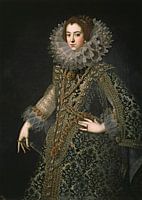 Queen Elizabeth of Bourbon
Queen Elizabeth of Bourbon Portrait of a woman, anonymous - 1633
Portrait of a woman, anonymous - 1633 Agapanthus, Claude Monet
Agapanthus, Claude Monet The School of Athens, Raphael
The School of Athens, Raphael The Tailor, Giovanni Battista Moroni
The Tailor, Giovanni Battista Moroni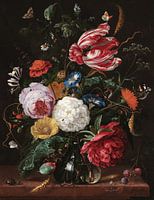 Flower arrangement, Jan Davidsz. de Heem
Flower arrangement, Jan Davidsz. de Heem A Amsterdam street scene - Adrianus Eversen
A Amsterdam street scene - Adrianus Eversen The Mirror, Robert Reid
The Mirror, Robert Reid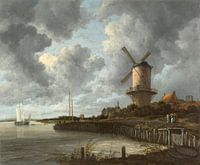 The mill at Wijk bij Duurstede, Jacob Isaacksz. van Ruisdael
The mill at Wijk bij Duurstede, Jacob Isaacksz. van Ruisdael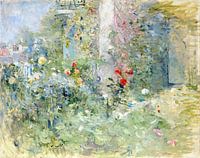 The Garden at Bougival, 1884 (oil on canvas)
The Garden at Bougival, 1884 (oil on canvas)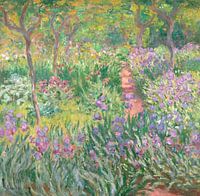 The Artist’s Garden in Giverny, Claude Monet
The Artist’s Garden in Giverny, Claude Monet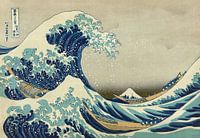 The great wave of Kanagawa, Hokusai
The great wave of Kanagawa, Hokusai Jacob Maris - Fishing boat
Jacob Maris - Fishing boat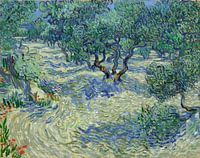 Vincent van Gogh. Olive orchard
Vincent van Gogh. Olive orchard Italian landscape with pine trees, Hendrik Voogd
Italian landscape with pine trees, Hendrik Voogd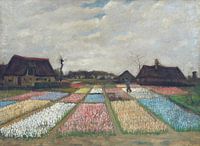 Vincent van Gogh. Flower beds in Holland
Vincent van Gogh. Flower beds in Holland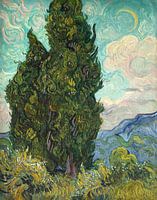 Cypresses
Cypresses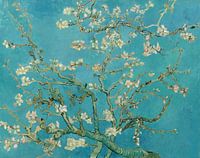 Almond blossom painting by Vincent van Gogh
Almond blossom painting by Vincent van Gogh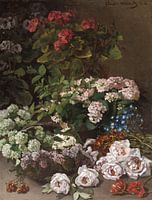 Spring Flowers, Claude Monet
Spring Flowers, Claude Monet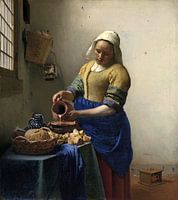 The Milkmaid - Vermeer painting
The Milkmaid - Vermeer painting
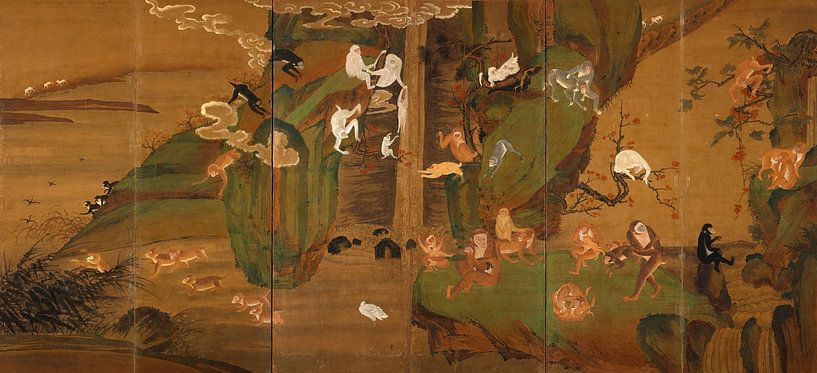




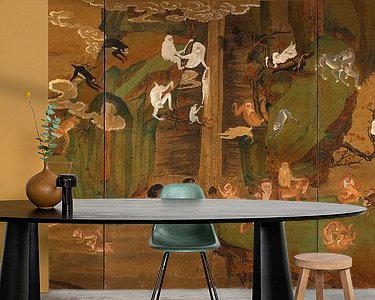
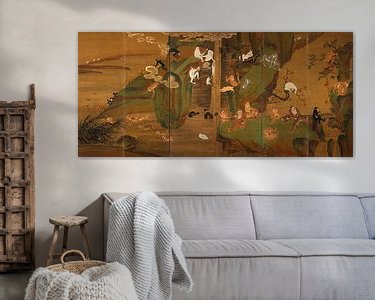






 Apes
Apes Dreamy Escapes
Dreamy Escapes Landscape Paintings
Landscape Paintings Mysterious Spheres
Mysterious Spheres Old masters
Old masters Serene Peace
Serene Peace









